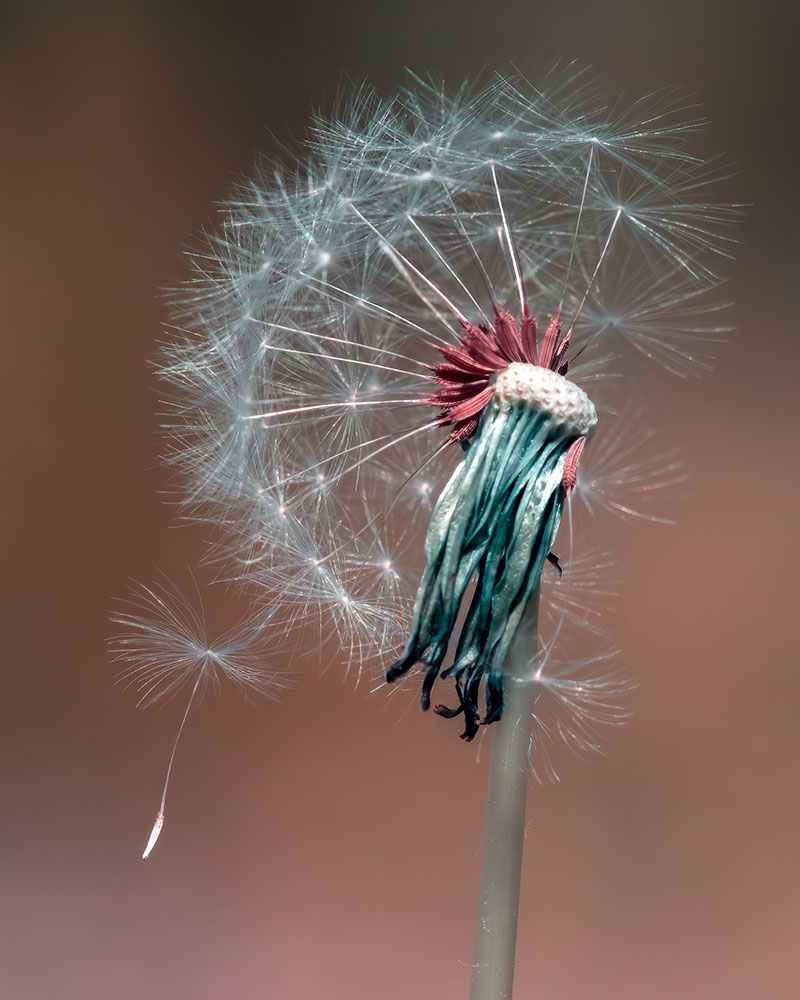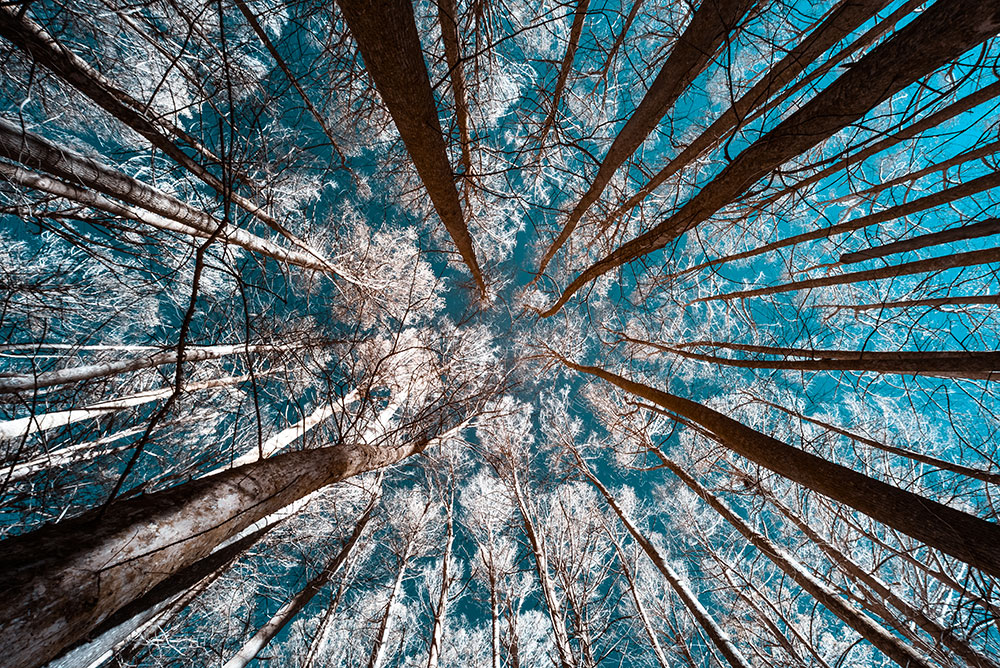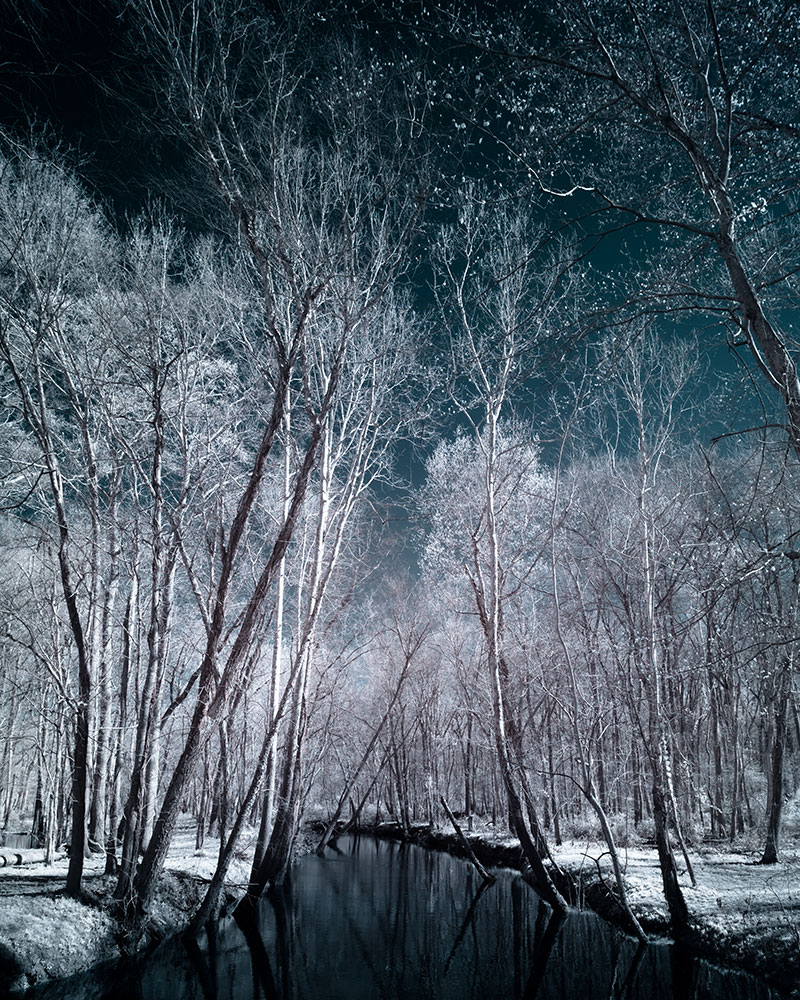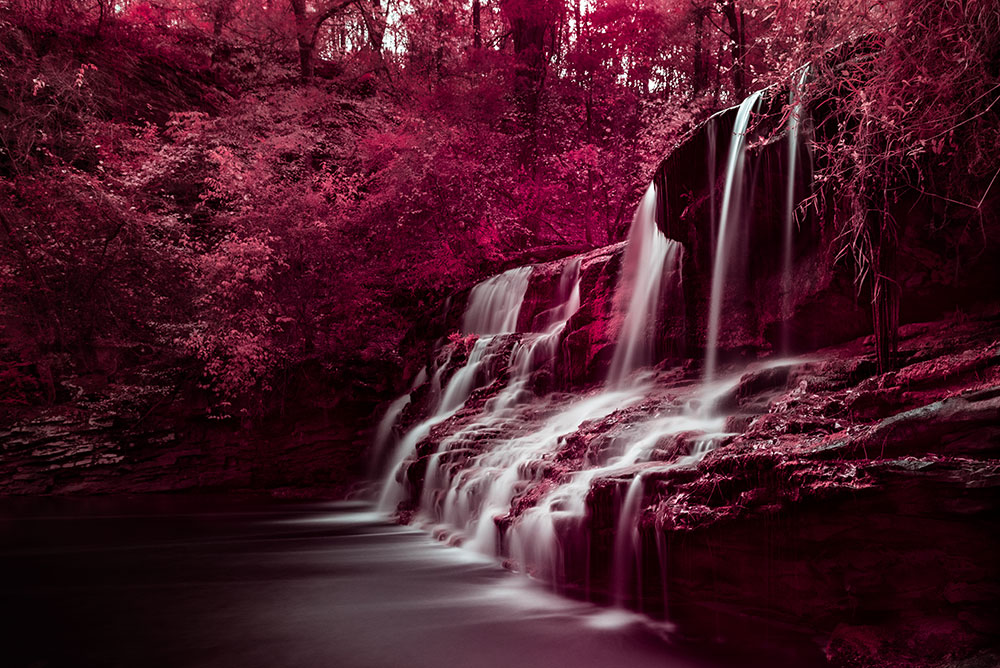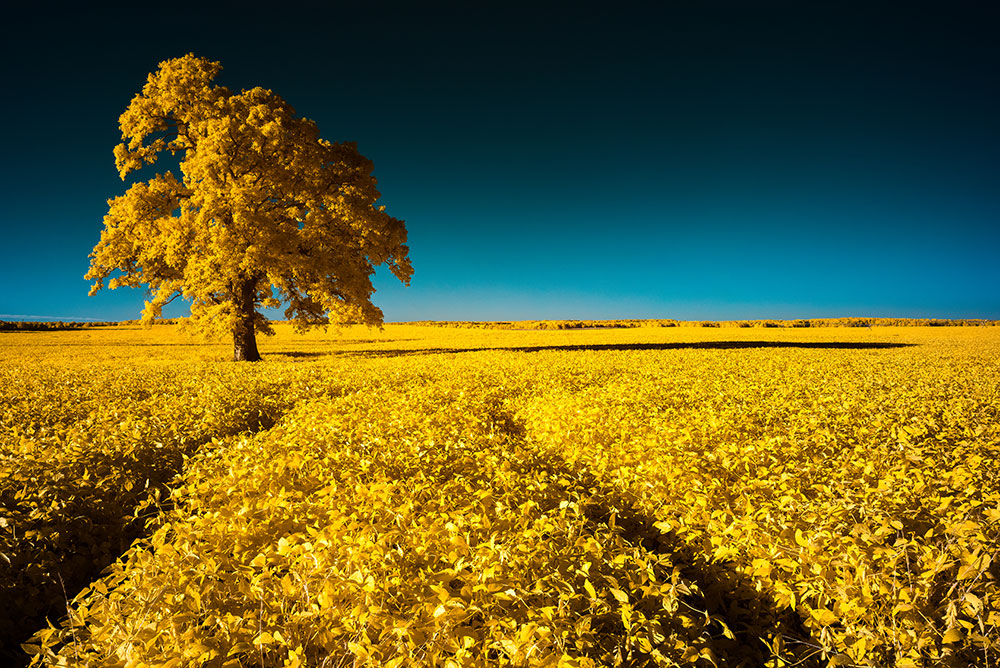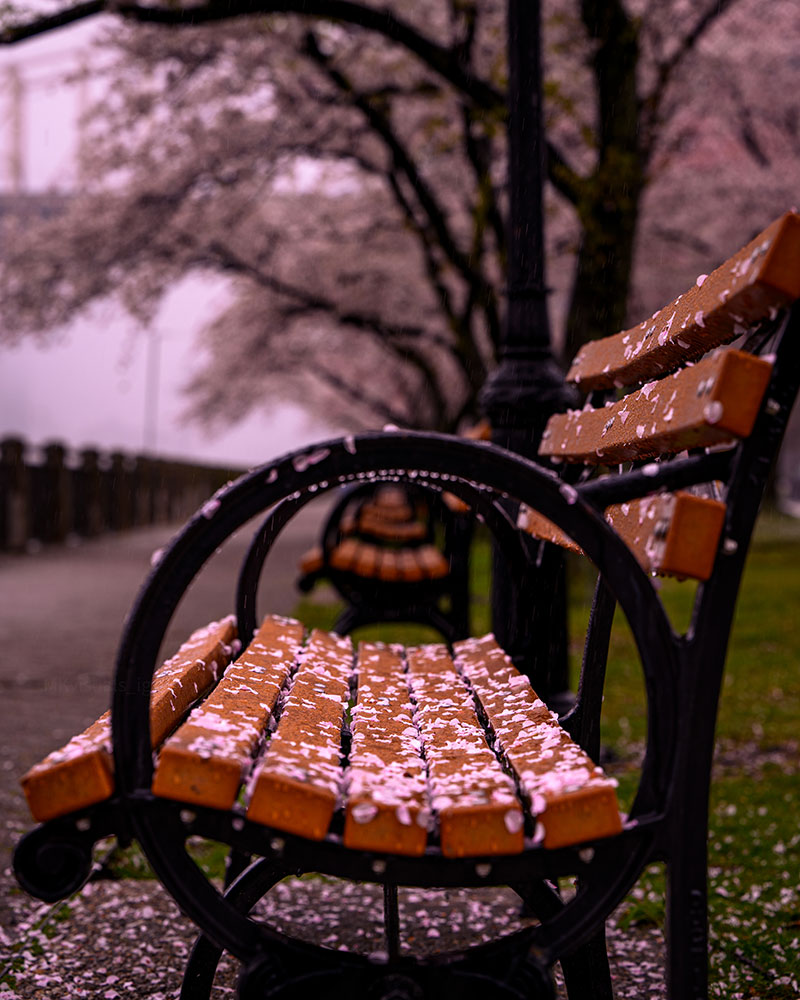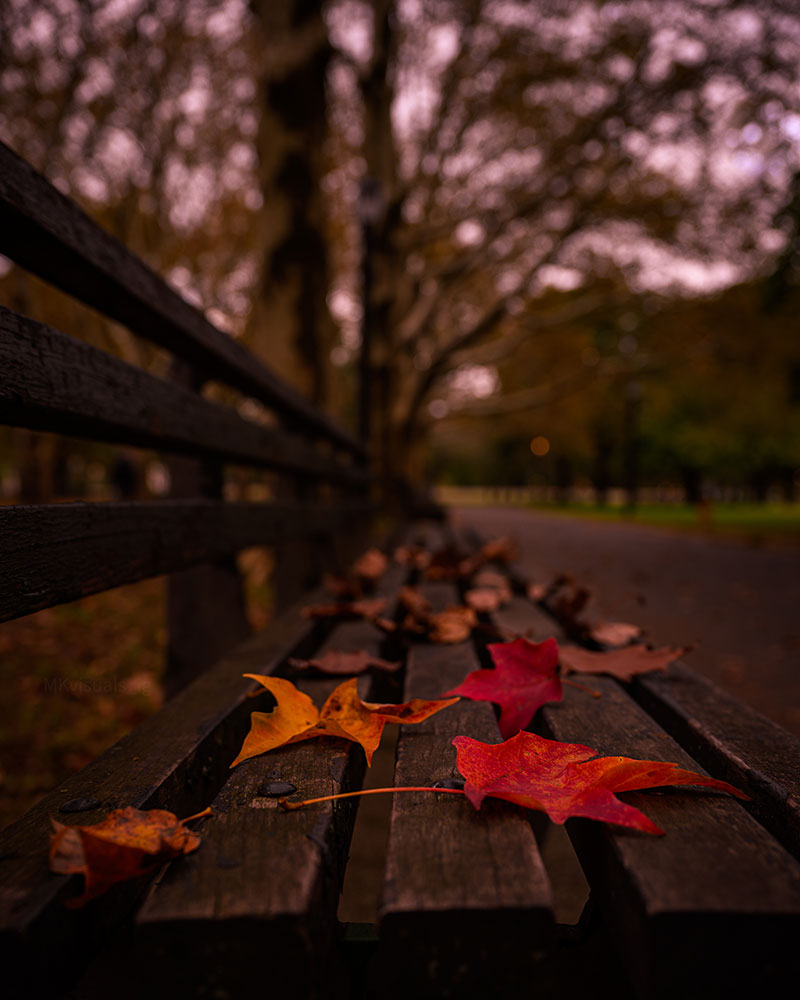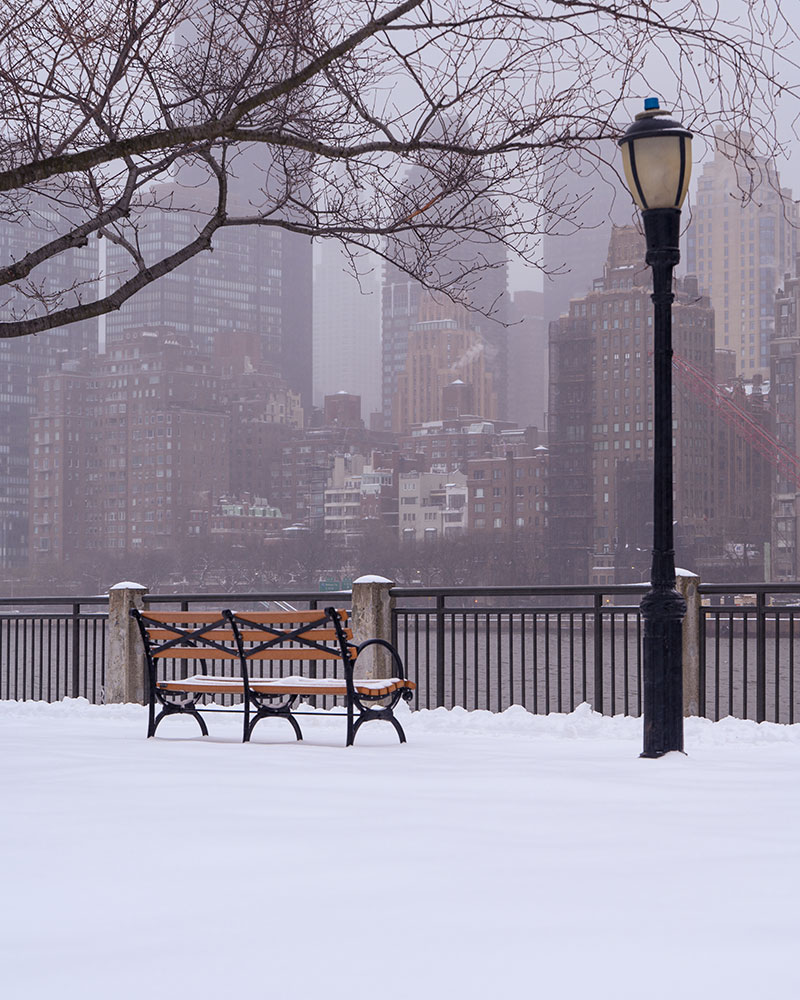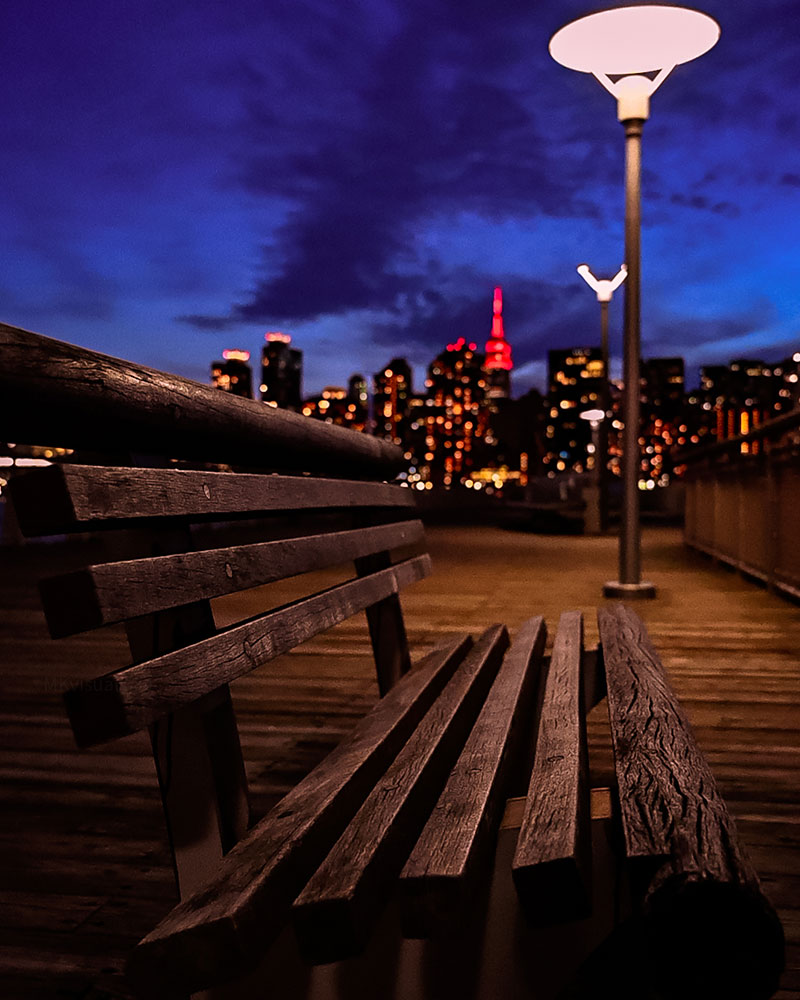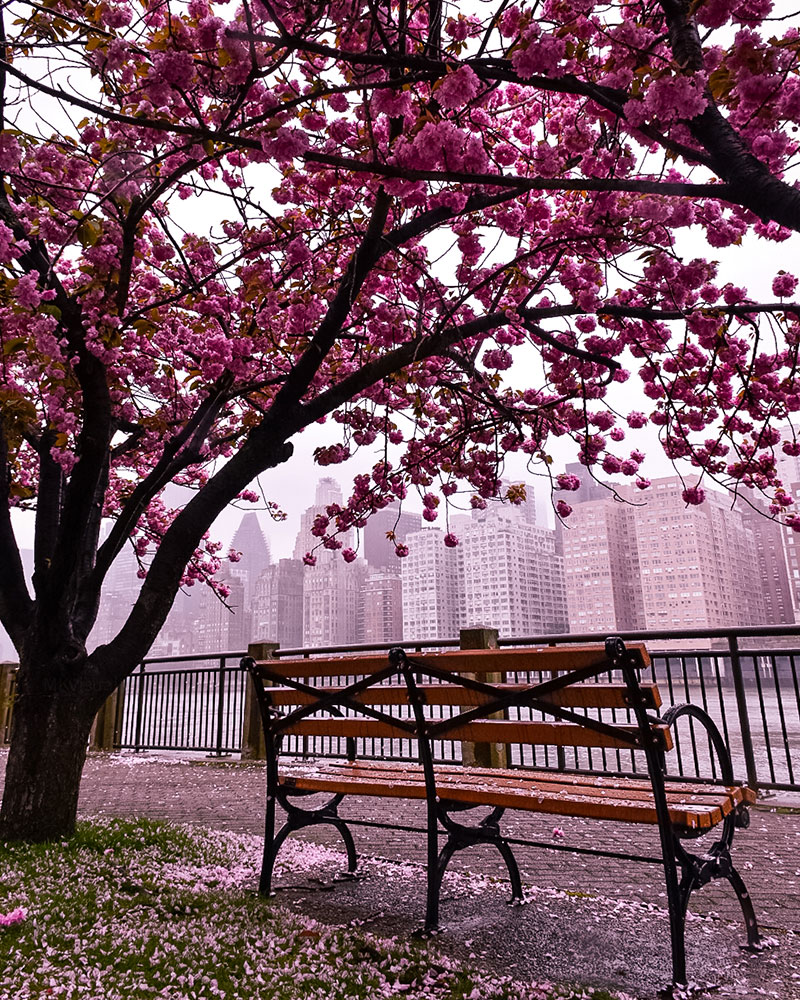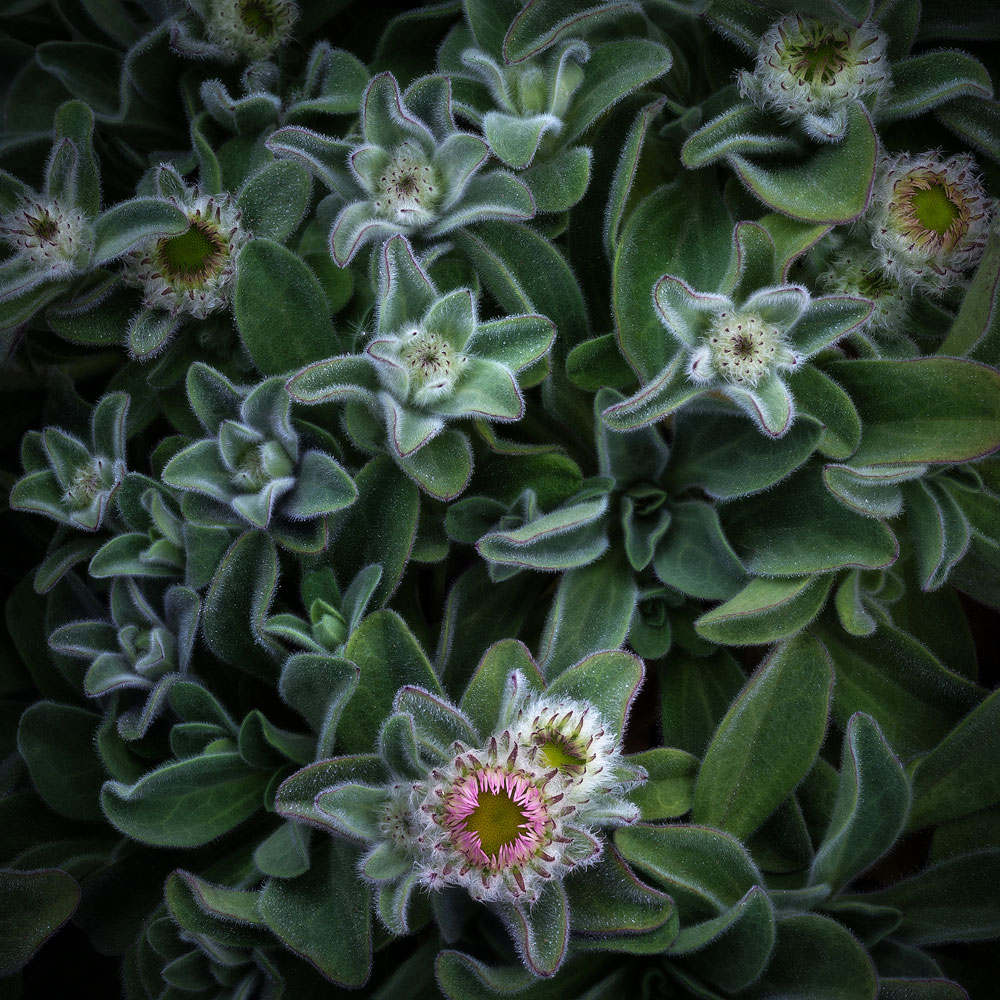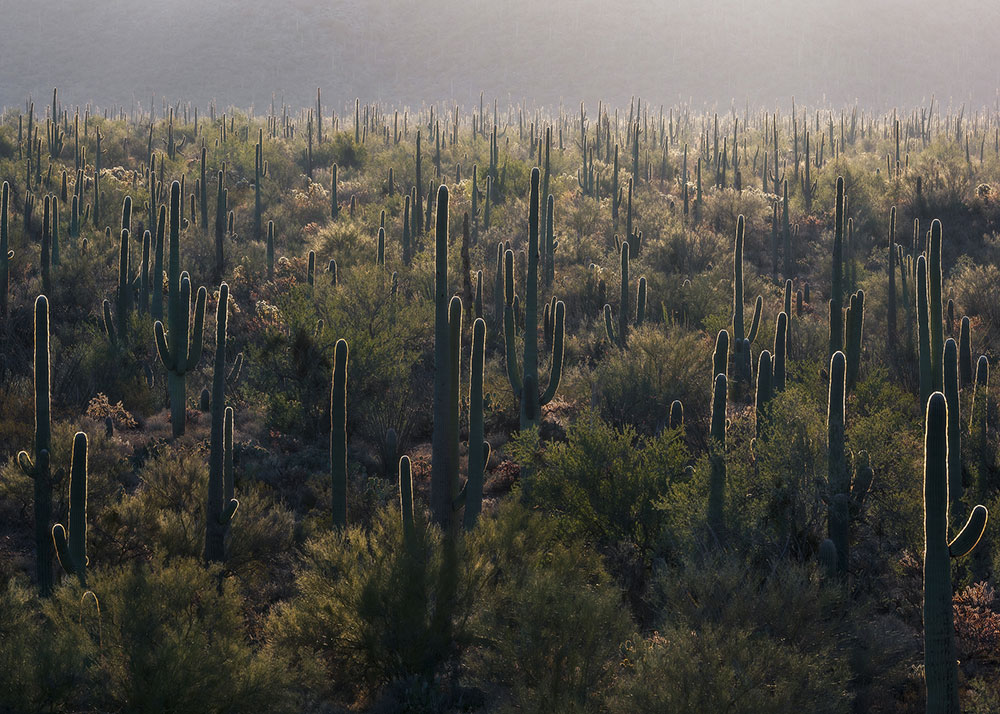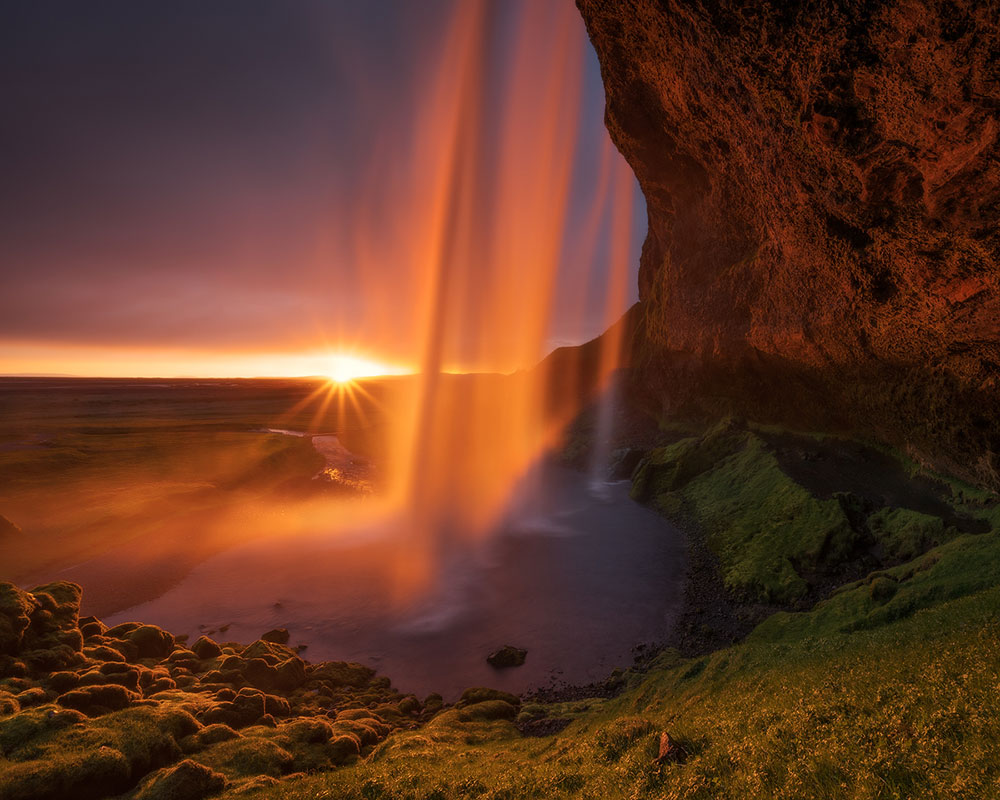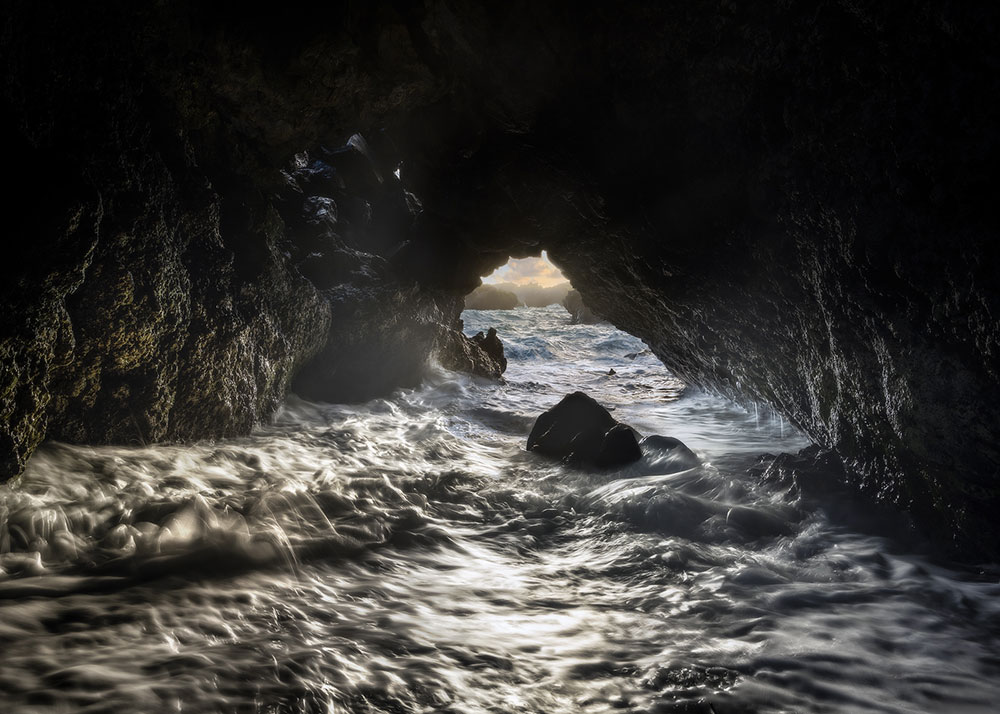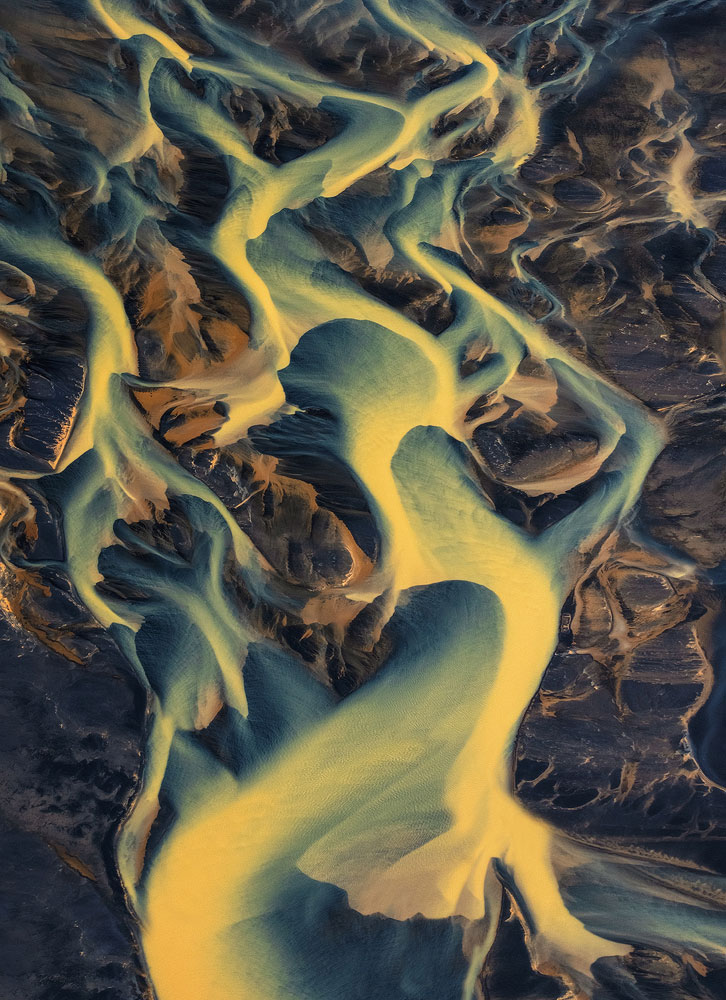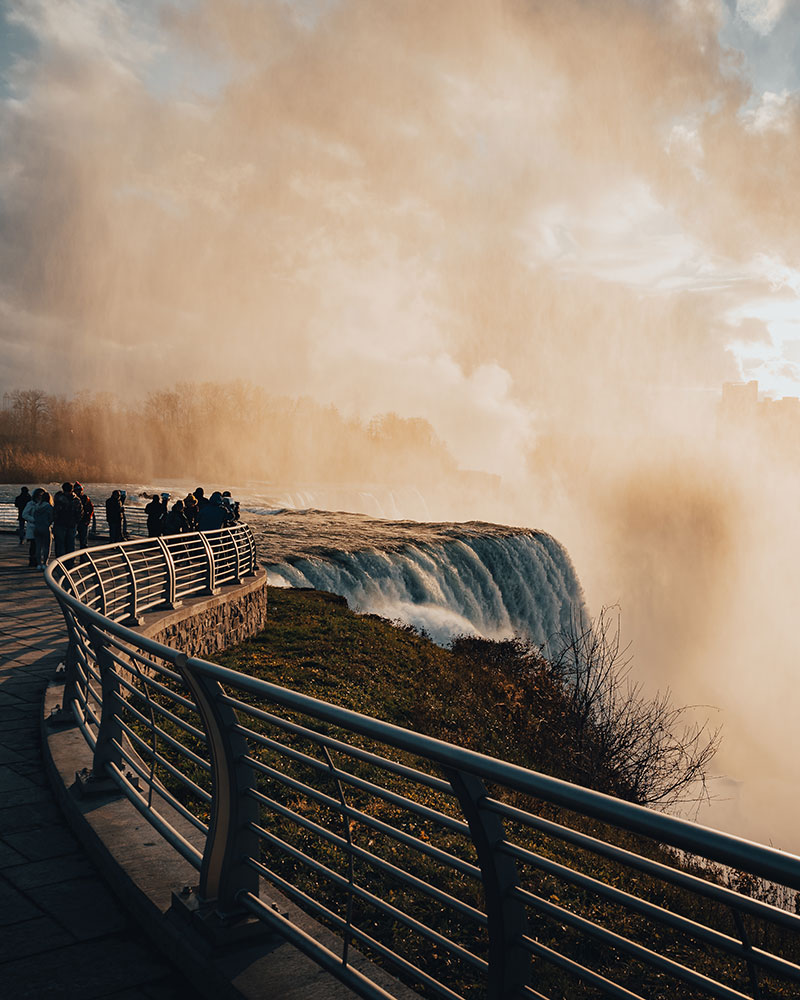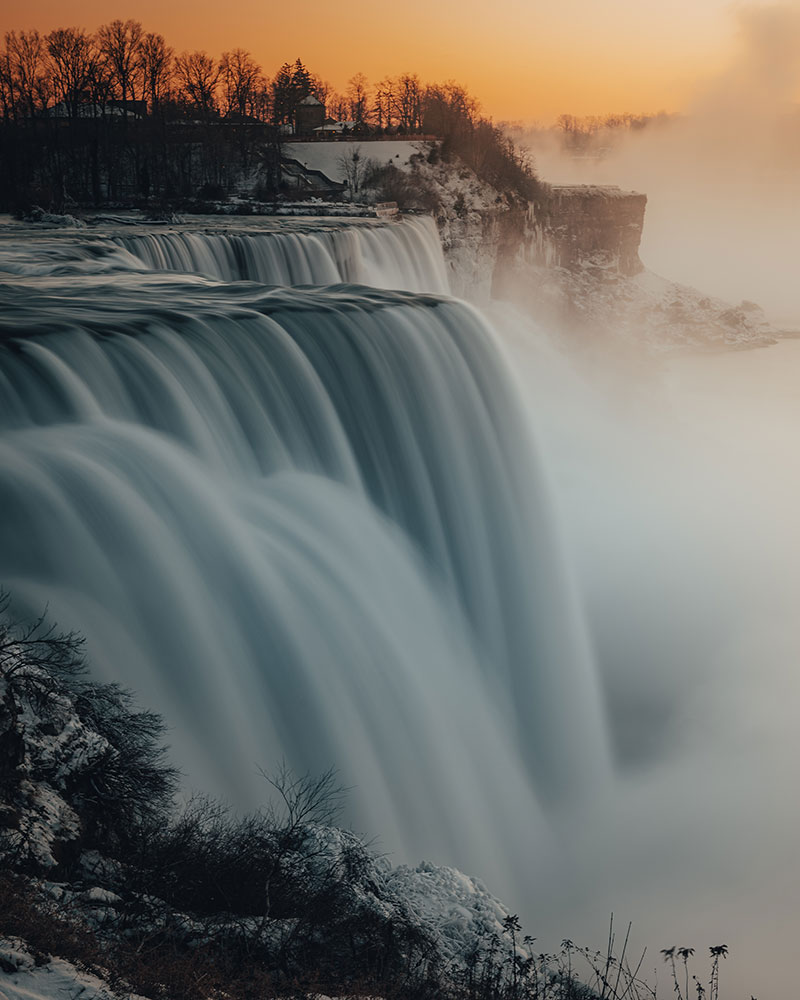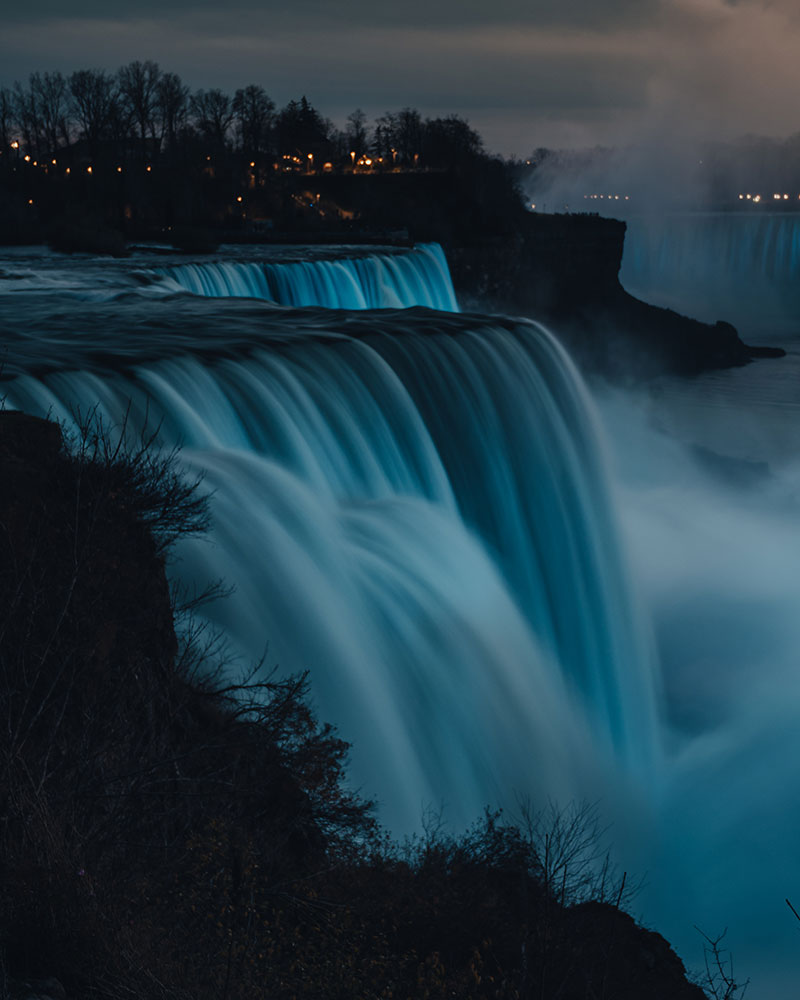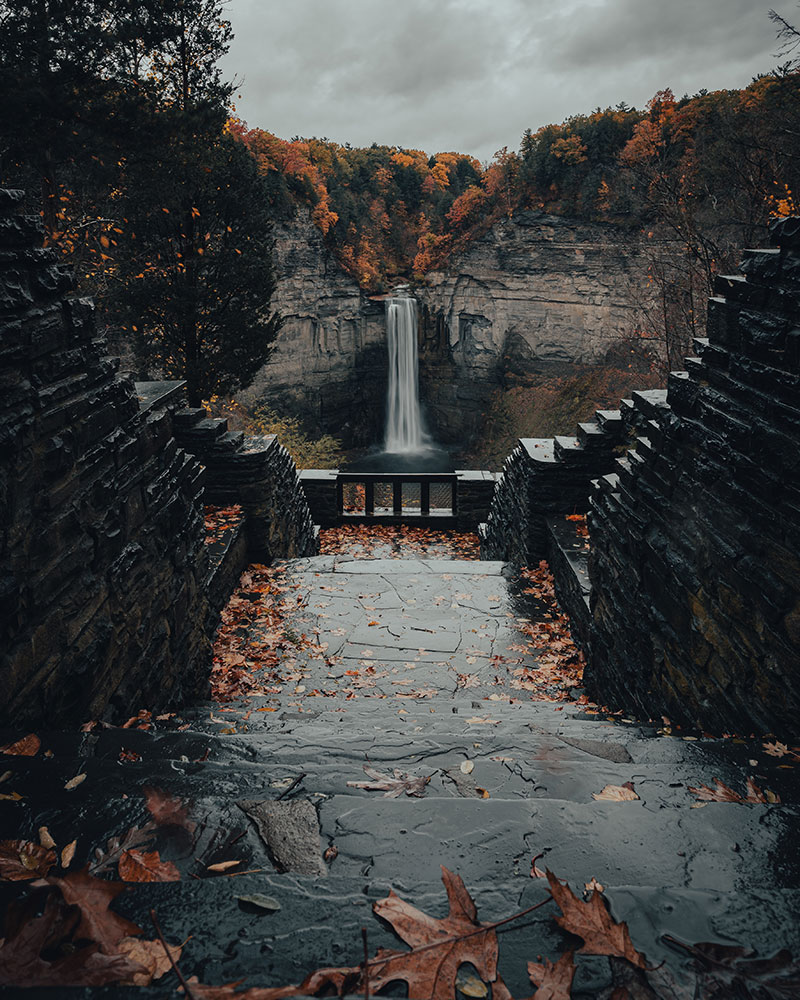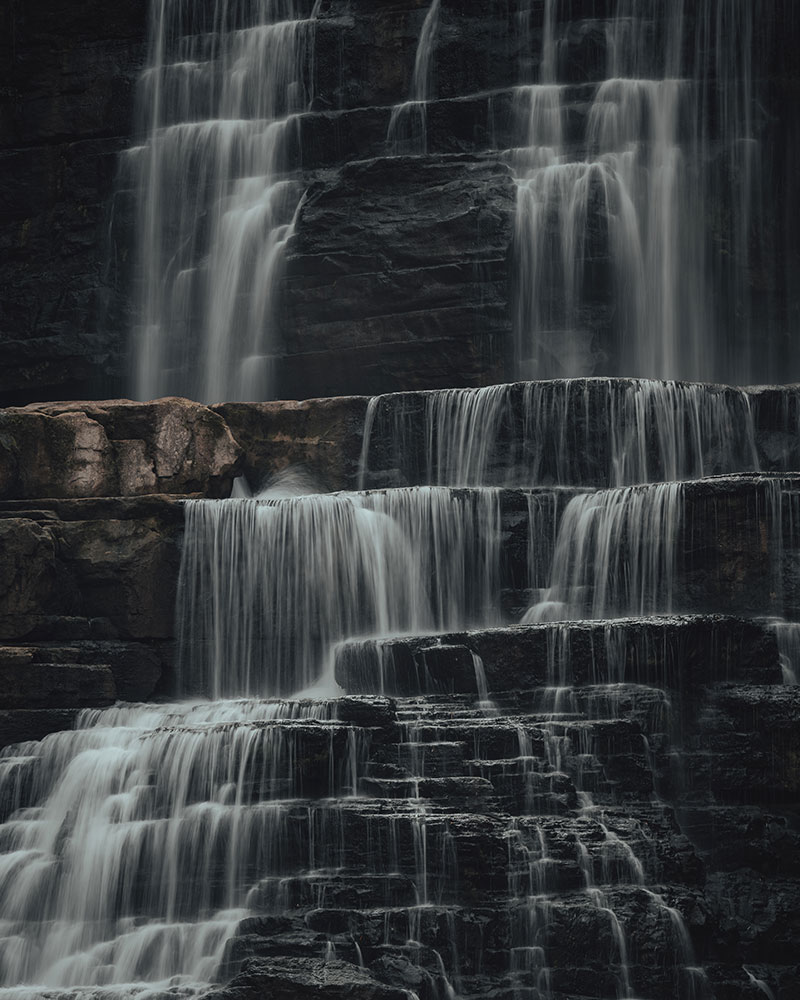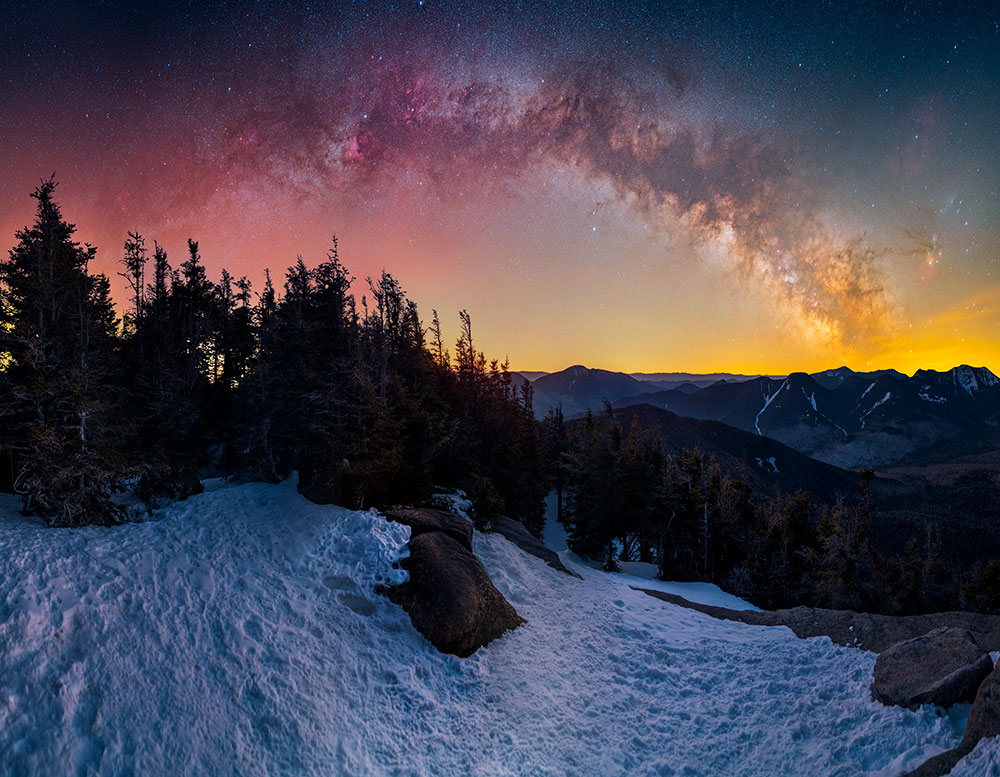
Dan Stein has a day job. Nights though, are for astrophotography. Dan—who considers himself to be a creator because as he says, “he’s not simply photographing a scene, but showcasing an experience”—can spend months or years planning for a specific image.
Dan’s foray into astrophotography began when he was a freshman in college and had an assignment to draw the phases of the moon. As he explains it, he can’t draw so he talked his professor into letting him photograph the phases of a moon using a DSLR. That brought an invitation to view and photograph a meteor shower at a nearby dark sky location and as he says, “That night I literally took a shot in the dark and fell in love with astrophotography.”
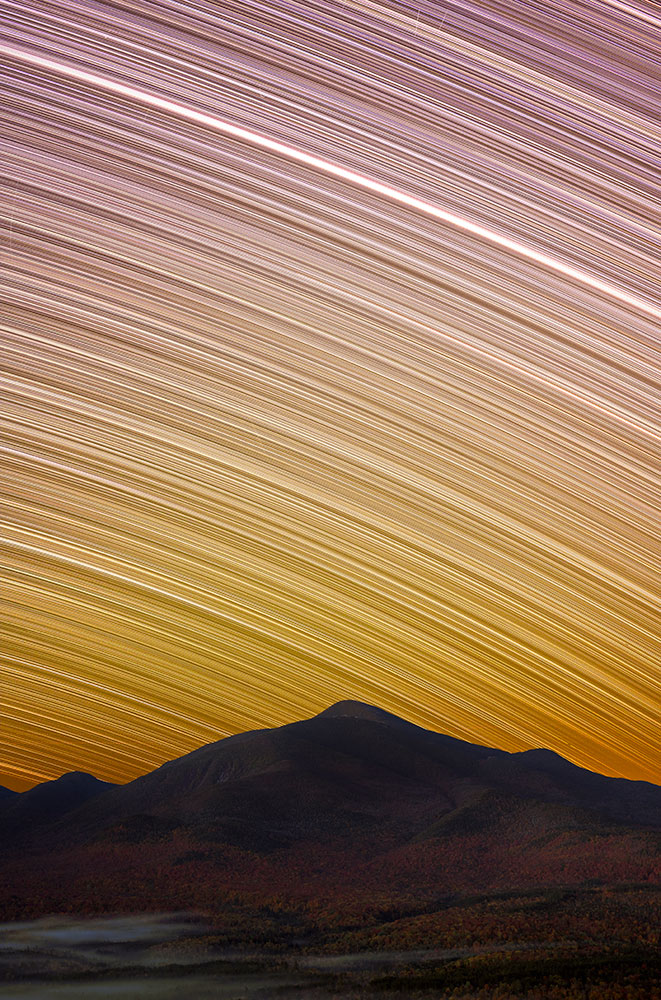
Why astrophotography?
Astrophotography is rewarding on so many levels. There are nights where you might be half asleep shooting a meteor shower, then BAM! One massive meteor streaks across the sky and suddenly you feel more alive than ever. It is this very sense of pure awe of the show for which the cosmos display for us.
Dan says the more he shoots, the more challenges he’ll create for himself.
There are no boundaries in how I can create a piece that speaks to me. Maybe it is going for an even more difficult hike or trying to achieve even more detail in my shots by mosaicing while tracking or going for a scene that combines elements of both deep space astrophotography and nightscape astrophotography. All of this combined allows for each night under the stars to be even more rewarding.
Astrophotography 101
There are a lot of techniques I use to photograph our sky, oftentimes I combine them as well. I use a portable star tracker which I can take on hikes with me. While this complicates the whole process, the tracker allows me to capture a ton of detail in our night sky.
A star tracker—also known as an equatorial mount—basically allows you to move the camera as the earth moves when taking long exposure photos of the night sky. Without one you won’t be able to take a very long exposure.
Depending on the image being created, Dan may also stack images, combining differing exposures for the sky vs the foreground landscape. Stacking, which uses software in post-production also gets rid of noise and is critical when shooting deep space objects like galaxies or nebulae.
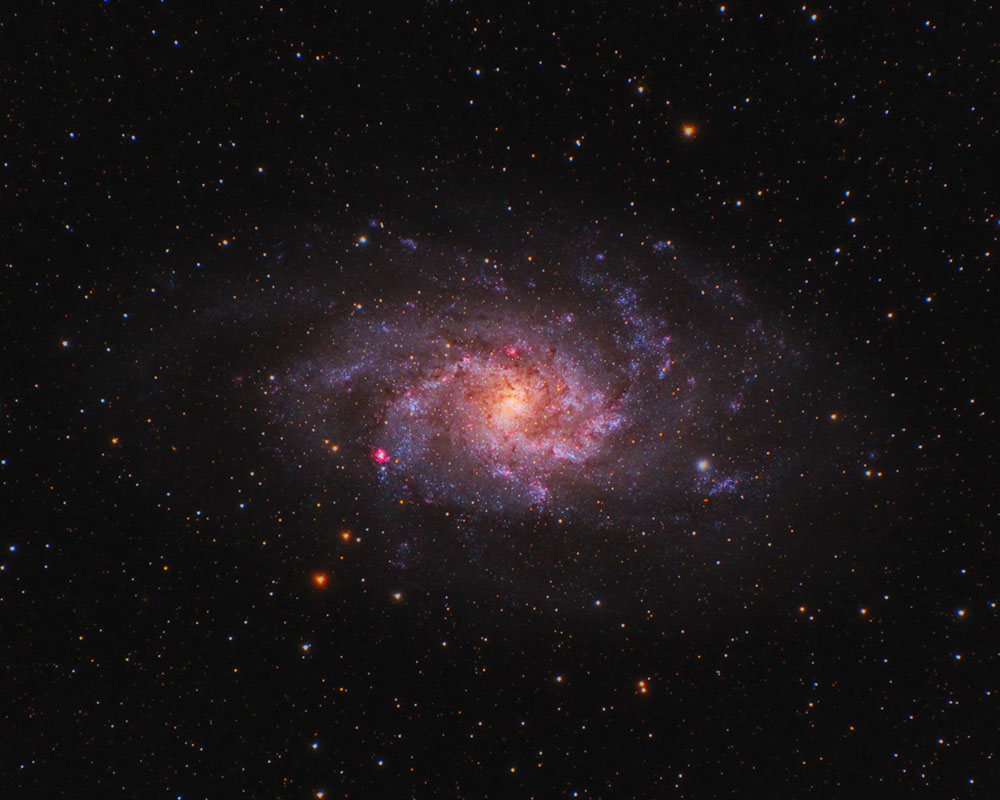
Danscapes
Visit Dan’s website and you’ll see a gallery of Danscapes. We had to ask, just what are Danscapes? They’re Dan’s take on landscapes. “Since I am mostly an astro guy at heart, I figured I would just put a twist on the word landscape by flipping around the letters a bit to spell my name,” he explains.
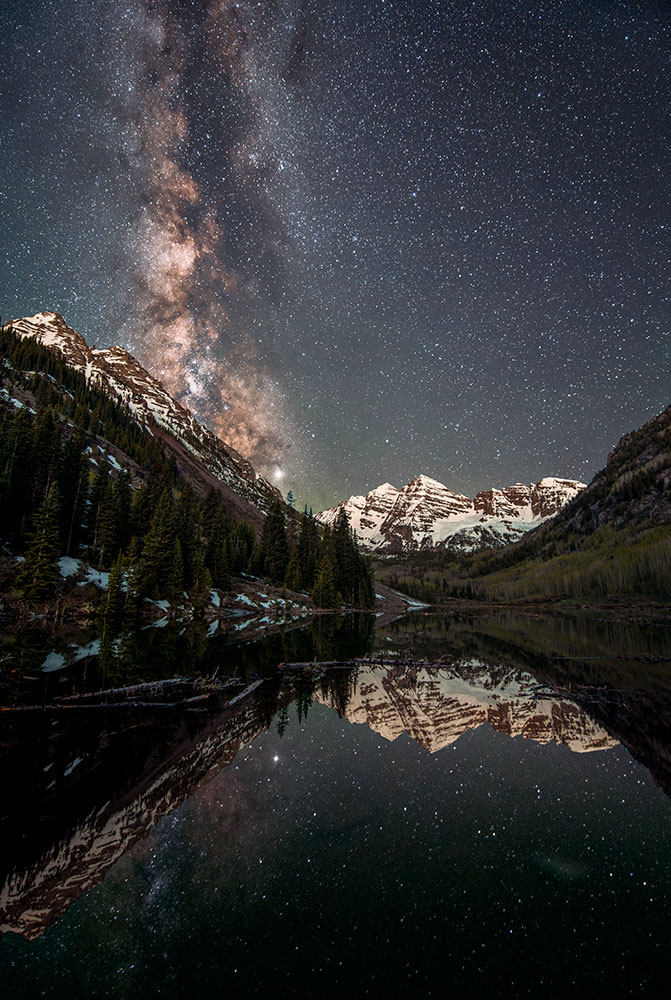
Nikon Photo Contest
A couple years back, one of Dan’s nighttime landscapes, By the Bells (above) was one of the winning images of the annual Nikon Photo Contest. Dan says that it’s one of his favorite images of all time. He tells us the story behind the image which features the Milky Way.
Nearly 5 years ago my friends and I went on a road trip through Colorado and the Southwest US. We arrived at the location and I set up my tripod but the sky was 100% clouds. After shining our flashlights around the perimeter of the lake we could see a good number of eyes watching us and decided to retreat to avoid becoming dinner.
The next year, I attempted the shot again. I’d driven offroad for nearly four hours and was on the last leg of my drive when I was stopped by a police officer wondering why I was out at such a late hour. I showed him my camera and explained what I was going to be photographing. The stop had cost me time. I rushed to the location and began my setup. I only had a few minutes to shoot before blue hour began which would wash away the Milky Way. Finally, I got my shot. I had a dilemma though. Stay another 30 minutes and risk missing my flight home to get the foreground and lake stack layers as clean as possible or shoot a quick noisy shot to play it safe. I took the risk, even though I had to be at work early the next morning.
Winning!
I love this image, but I never thought it could win any awards, and a Nikon award for that matter. I honestly thought the email was fake when I received word that I had won. I won a Z 5 full frame mirrorless camera which I use for b-roll/reels.
Being shy about bragging on social media, Dan’s friends took it upon themselves to spread the love on his behalf. He’s received positive feedback in regards to winning and about the image itself.
Dan is one to pay it forward. He’s been fortunate enough to have folks offer pointers when he’s been stuck, and so he feels it’s important to return the favor to people who may seek inspiration in his own work.
I think laying out all of the tools and techniques I use to create my shots also demonstrates the transparency in this process. Often times an astrophotograph can be misunderstood for being digital art or altered heavily, when in reality there is just a significant creative process behind each image.
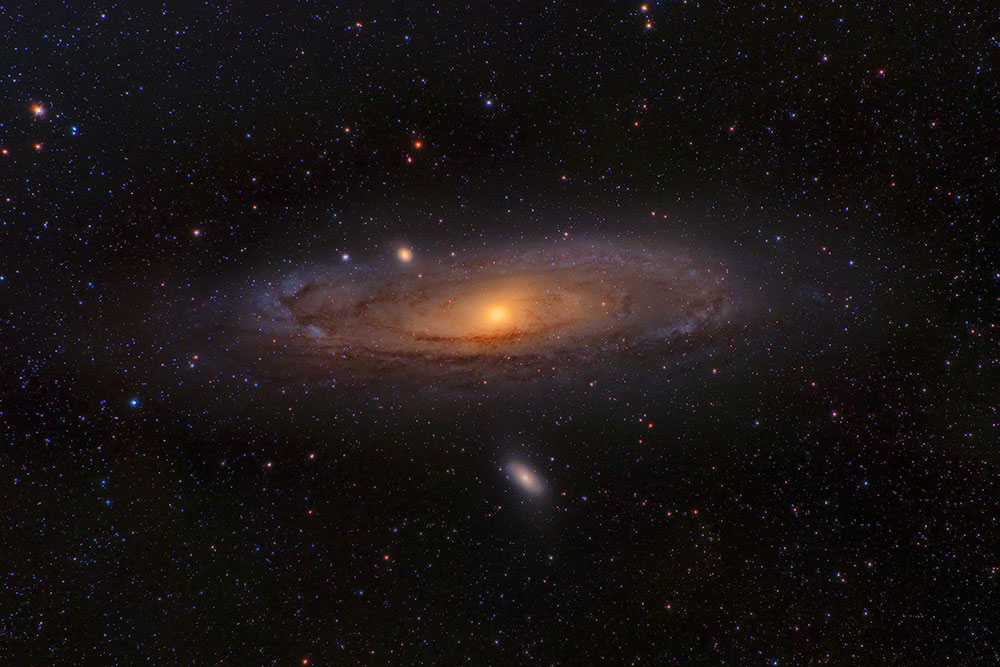
Dark Skies—Few and Far Between
One thing I want to point out is that as light pollution spreads, dark skies are becoming even more challenging to find. Pair that with waiting for the phase of the moon to be where you need it (new moon as opposed to full moon) and the weather to cooperate, then throw in the mix of needing to hike up mountains to capture certain landscapes—astrophotography requires a lot of practice and patience.
Dan says he knows there is still much he can learn. “I encourage anyone who wants to try astrophotography to acknowledge that there will be a lot of ups and downs, learning does not happen overnight,” he says, adding, “it is important to embrace the difficult nights out just as much as the successful ones. Have patience, and remember the skies will be there for us, even if that means going a little further out of the way to find them.”

